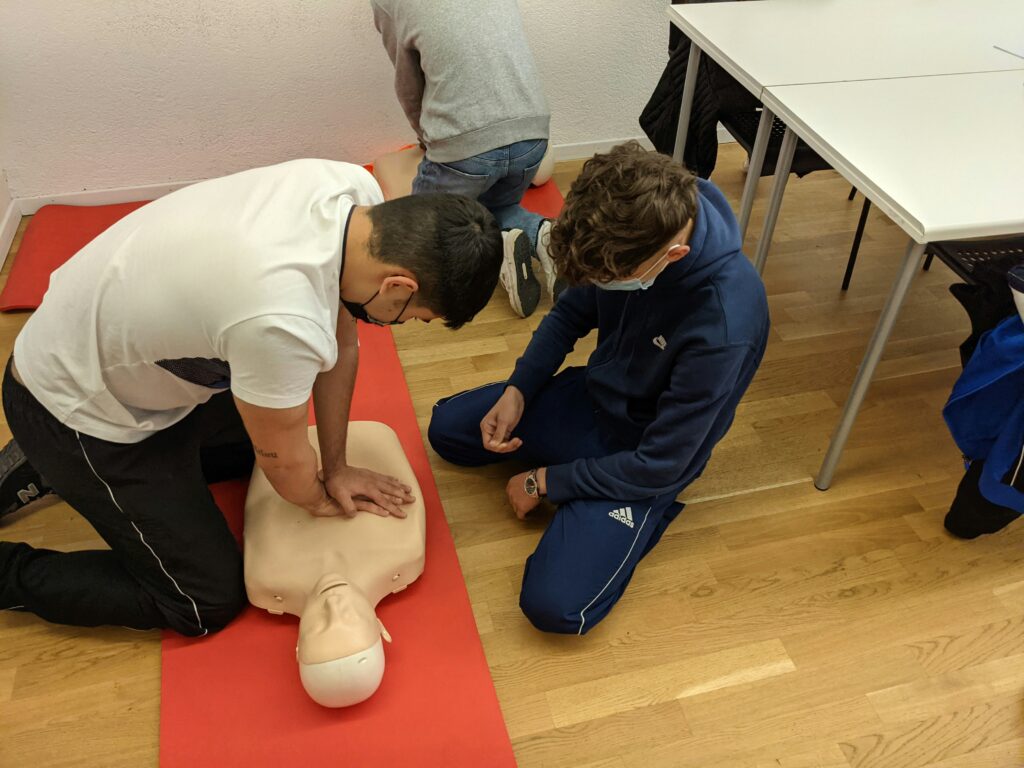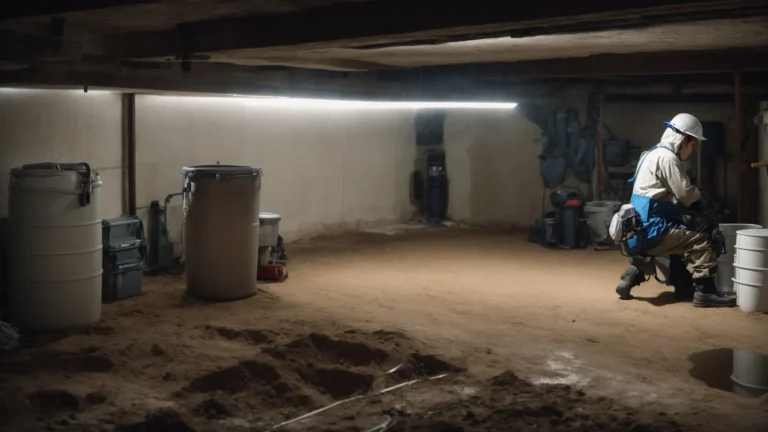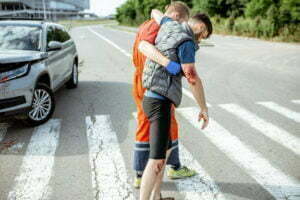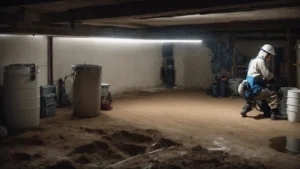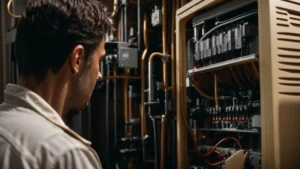How Cardiopulmonary Resuscitation (CPR) Certification Can Foster Safer Communities
CPR is a lifesaving technique that is crucial in emergency situations involving sudden cardiac arrest. When members of a community are trained in CPR, they are equipped to provide immediate assistance, significantly improving the chances of survival for the victim. This capability not only contributes to the health and well-being of individuals but also enhances the overall safety of the community. Below, we’ll explore the impact of CPR certification on community safety and how it can lead to a more resilient society.
Encouraging Widespread CPR Training: Strategies for Community Outreach
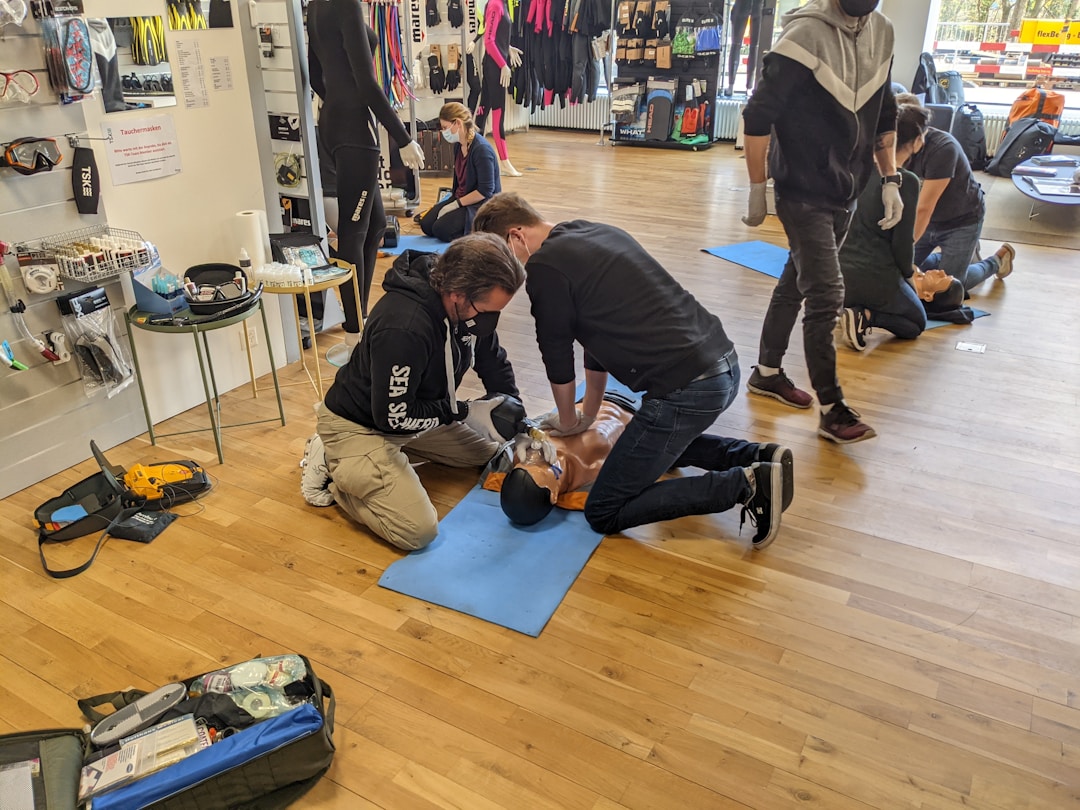
Increasing the number of CPR-trained individuals within a community requires a concerted effort in education and outreach. Highlighting the simplicity and effectiveness of CPR can motivate individuals to get trained. Clear communication about the local impact of CPR, including statistics and personal stories, can also make the concept of CPR training resonate on a personal level with community members.
Collaborations between local health organizations, schools, and businesses are essential to spread the message about the importance of CPR training. These institutions can offer classes or sponsor certifications for their students, employees, and clientele. In particular, schools are an excellent environment for introducing CPR training, as they can cultivate a culture of health and safety from a young age.
Local health fairs, community events, and social media platforms are perfect opportunities for promoting the benefits of CPR certification. By making training widely accessible and often free or low-cost, communities can remove financial barriers that might prevent individuals from getting certified. CPR Classes at CPR Classes Near Me present an accessible option for residents in certain areas to get certified, contributing to the growth of community readiness.
The Role of CPR-Trained Individuals in Emergency Response
The initial response to an emergency can determine the outcome for a patient suffering from cardiac arrest. Individuals with CPR certification play a pivotal role during this golden period by stepping in and providing lifesaving chest compressions and rescue breaths. Their actions ensure that oxygenated blood continues to flow to vital organs until emergency services arrive, mitigating the risk of severe brain damage or death.
Additionally, trained individuals often serve as leaders in emergency scenarios, guiding others and taking charge of a situation where most people might be overwhelmed with panic. Their competence can organize a chaotic scene, ensuring that someone calls emergency services while another performs CPR, improving overall response efficiency. These trained responders can also assist in deploying automated external defibrillators (AEDs), further increasing survival chances if used promptly.
It’s not just about being able to perform CPR; it’s also about the confidence and willingness to do so. Training programs often involve simulations of real-life scenarios that prepare individuals for the emotional and physical challenges of performing CPR. This makes trained community members vital assets when it comes to emergency response and public health.
Success Stories: How CPR Knowledge has Saved Lives in Communities
There are numerous accounts of everyday heroes who have saved lives thanks to their CPR training. These success stories are testament to the real-world benefits of having CPR-certified individuals in our communities. From teenagers saving family members at home to office workers responding to colleagues in distress, the value of CPR knowledge in action is indisputable.
In one instance, a bystander’s quick thinking and CPR skills were credited with saving the life of a stranger who experienced a sudden cardiac arrest at a public park. The bystander’s ability to immediately step in and provide chest compressions kept the victim alive until the paramedics arrived. This story, like many others, underscores the importance of widespread CPR knowledge.
Next Steps: Implementing CPR Certification Programs at the Local Level

To truly foster safer communities, actionable steps must be taken to implement CPR certification programs locally. Local government agencies can lead the charge by offering training as part of community wellness initiatives. Such programs should be inclusive, accounting for the various demographics within the community, and tailored to different learning abilities and languages when necessary.
Partnerships with healthcare providers and emergency services can further improve the reach and quality of CPR training. Integrating these programs into routine healthcare can emphasize the importance of emergency preparedness and ensure a larger segment of the population receives training. For instance, offering CPR instruction during routine health check-ups could become a standard practice.
Altogether, promoting widespread CPR certification is one of the most practical and impactful ways to enhance community safety. By ensuring more individuals are equipped with the knowledge and skills to act in an emergency, communities become stronger and more resilient. Overall, the collective effort to educate and certify more people in CPR will undoubtedly lead to lives saved and a more united community ready to face crises together.

